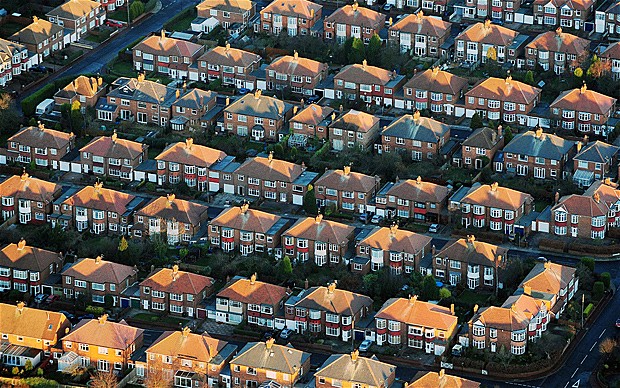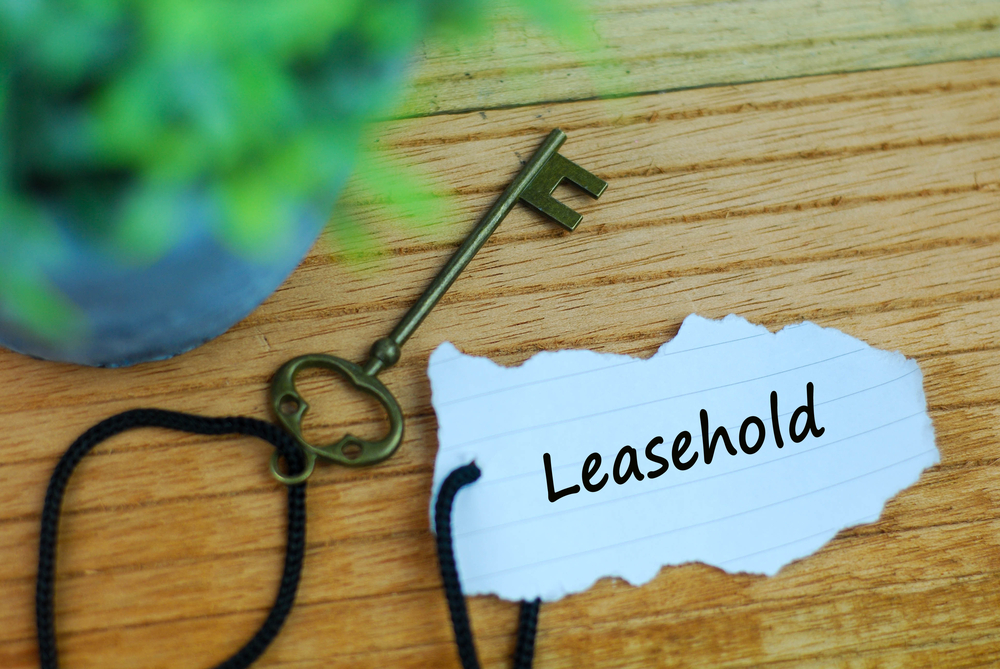The earlier-than-expected launch of the second part of Help to Buy could drive average monthly rents in the capital down by as much as 5 per cent as long-term tenants moving out of rented accommodation in favour of buying their own home cause a glut of properties onto the market, according to estate agency Chesterton Humberts.
 Chesterton Humberts is confident that the scheme will prove attractive enough to tenants to achieve the Government’s aim of encouraging them onto the housing ladder and out of rented accommodation. However, this will create more competition between landlords eager to secure good quality tenants and is likely to push average monthly rents down.
Chesterton Humberts is confident that the scheme will prove attractive enough to tenants to achieve the Government’s aim of encouraging them onto the housing ladder and out of rented accommodation. However, this will create more competition between landlords eager to secure good quality tenants and is likely to push average monthly rents down.
The opposite is expected for the sales market, as the scheme will bring more buyers into the market and increase the competition for properties, thereby pushing property values up. The impact is expected to be felt especially in areas of London popular with younger buyers and with a good stock of flats such as Docklands, Islington, Battersea and Fulham.
Richard Davies comments: “Whilst I am confident that Help to Buy will be of great benefit to a large number of first time buyers, I am concerned that many people are not fully aware of the details of the scheme and how it works. Before applying I recommend buyers to seek independent expert advice to make sure they understand the terms and conditions of everything that is involved.”
“More landlords may find their tenant(s) giving notice as they move away from the private rented sector and into home ownership. Dependent on the scale of first time buyers taking advantage of the Help to Buy scheme, this could seriously impact the number of rental properties coming to the market for re-letting which could in turn see rental levels fall. Chesterton Humberts are able to advise landlords on current market conditions and rental levels to ensure that their property is let quickly, efficiently and without extended periods of vacancy.”
Help to Buy consists of two schemes designed to enable aspiring homeowners with deposits of just 5% to buy a property worth up to £600,000. Applicants for both schemes must live in the property – buying to let or as a second home is not allowed.
Equity loans for new-build homes
The first scheme was launched on 1st April 2013 and only applies to new-build homes worth less than £600,000 being sold by registered house builders.
Through the scheme, buyers with a 5 per cent deposit can apply for a government loan of up to 20 per cent of the purchase price, thereby in effect giving the buyer a deposit of 25 per cent. The buyer must then take out a mortgage from a participating lender to cover the balance of the purchase price
The government loan is free of charge for the first five years, after which an annual fee of 1.75 per cent of the loan is charged, rising annually by retail price inflation plus 1 per cent. Borrowers can repay back some or all of the loan at any point, provided it is a minimum of 10 per cent of the home’s market value at that time.
The loan must be repaid in full when the home is sold or at the end of the mortgage period – whichever comes first. When repaying the loan, the 20 per cent (or however much is borrowed) will reflect the value of the house at that time – not the original value at time of purchase.
Mortgage guarantees
The second part of Help to Buy was launched on 7th October 2013 – three months earlier than originally planned – and applies to both new-build and existing homes.
It allows buyers with a deposit of as little as 5 per cent to take out a mortgage with a greatly improved interest rate due to the government guaranteeing any mortgage borrowing above 80 per cent of the property’s value, thereby minimising risk for banks.
Lenders will be free to charge whatever interest rates they choose and the guarantee will only be valid for seven years.







